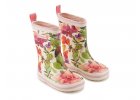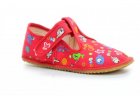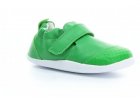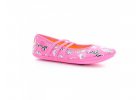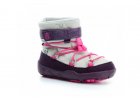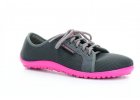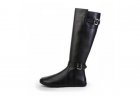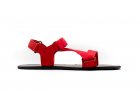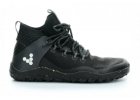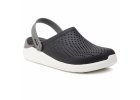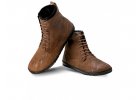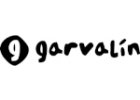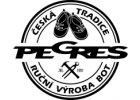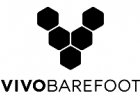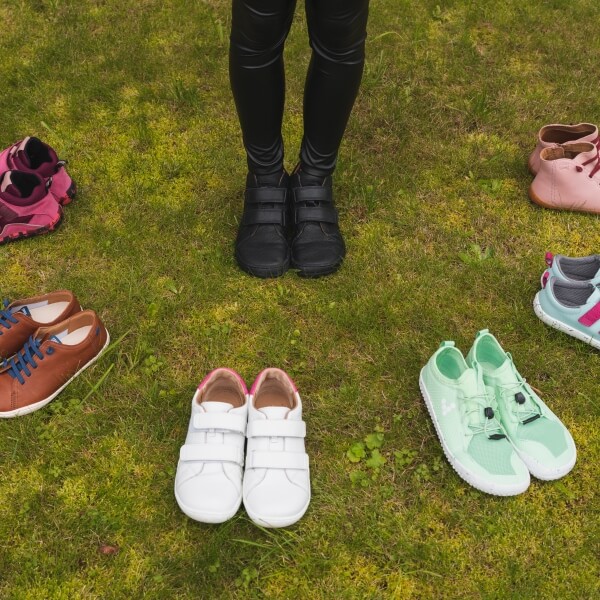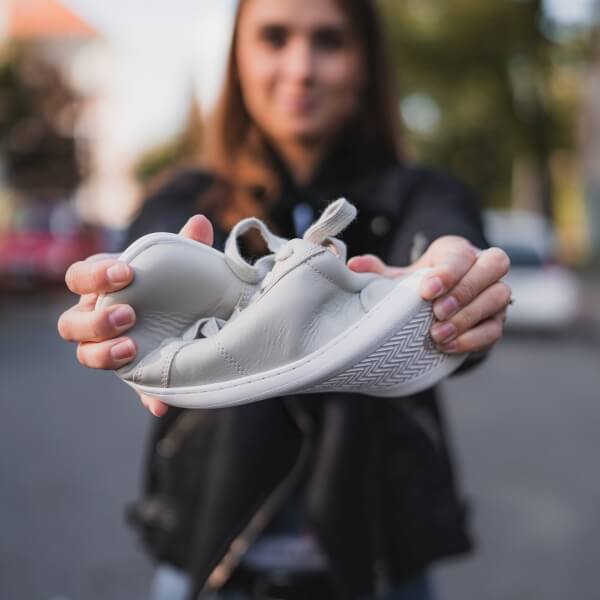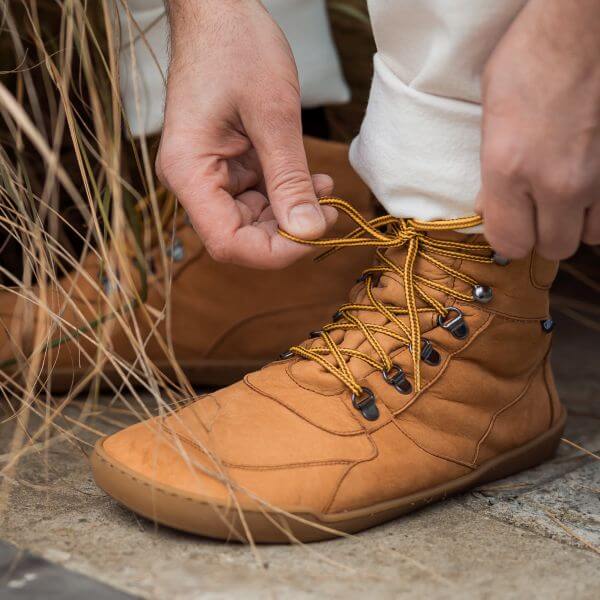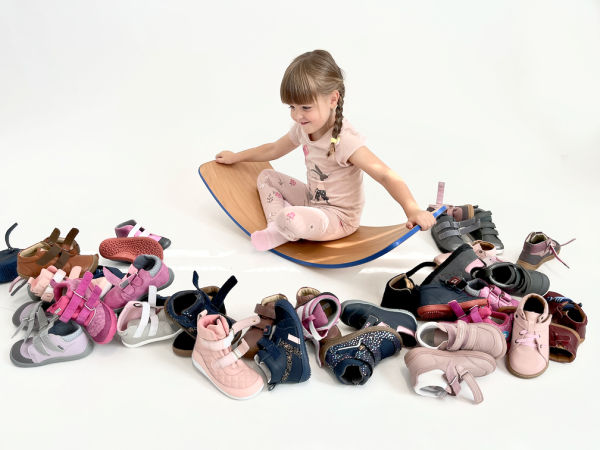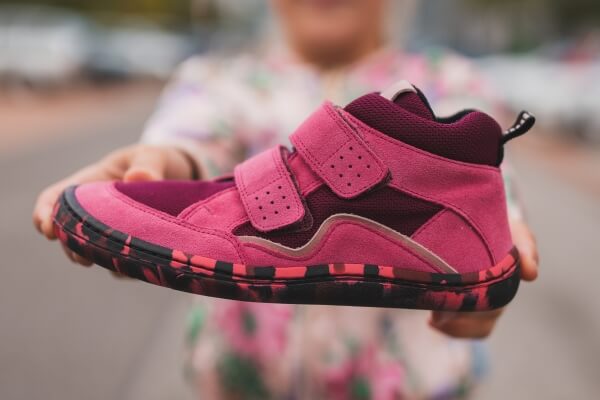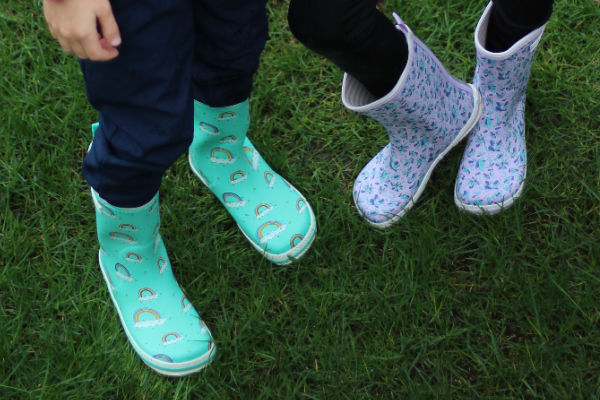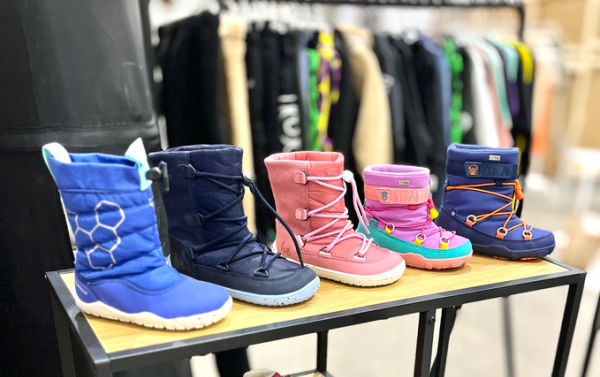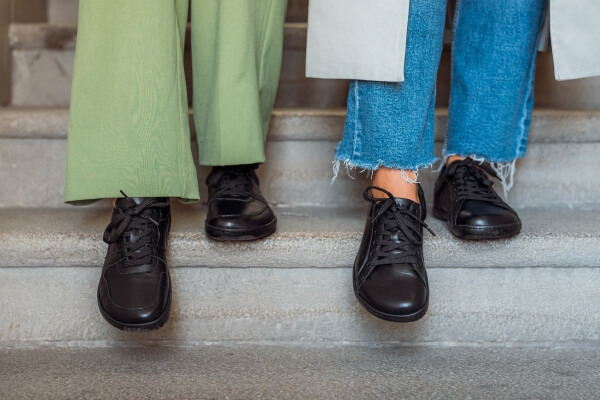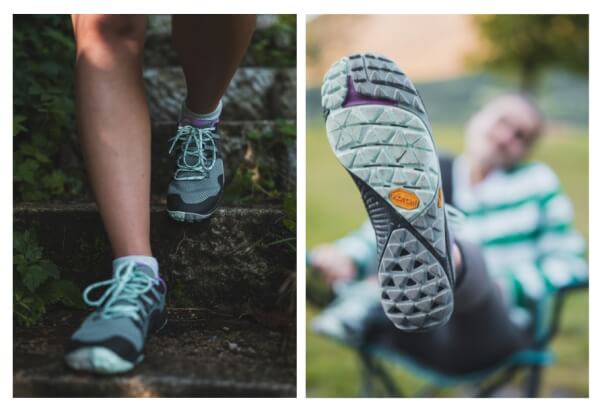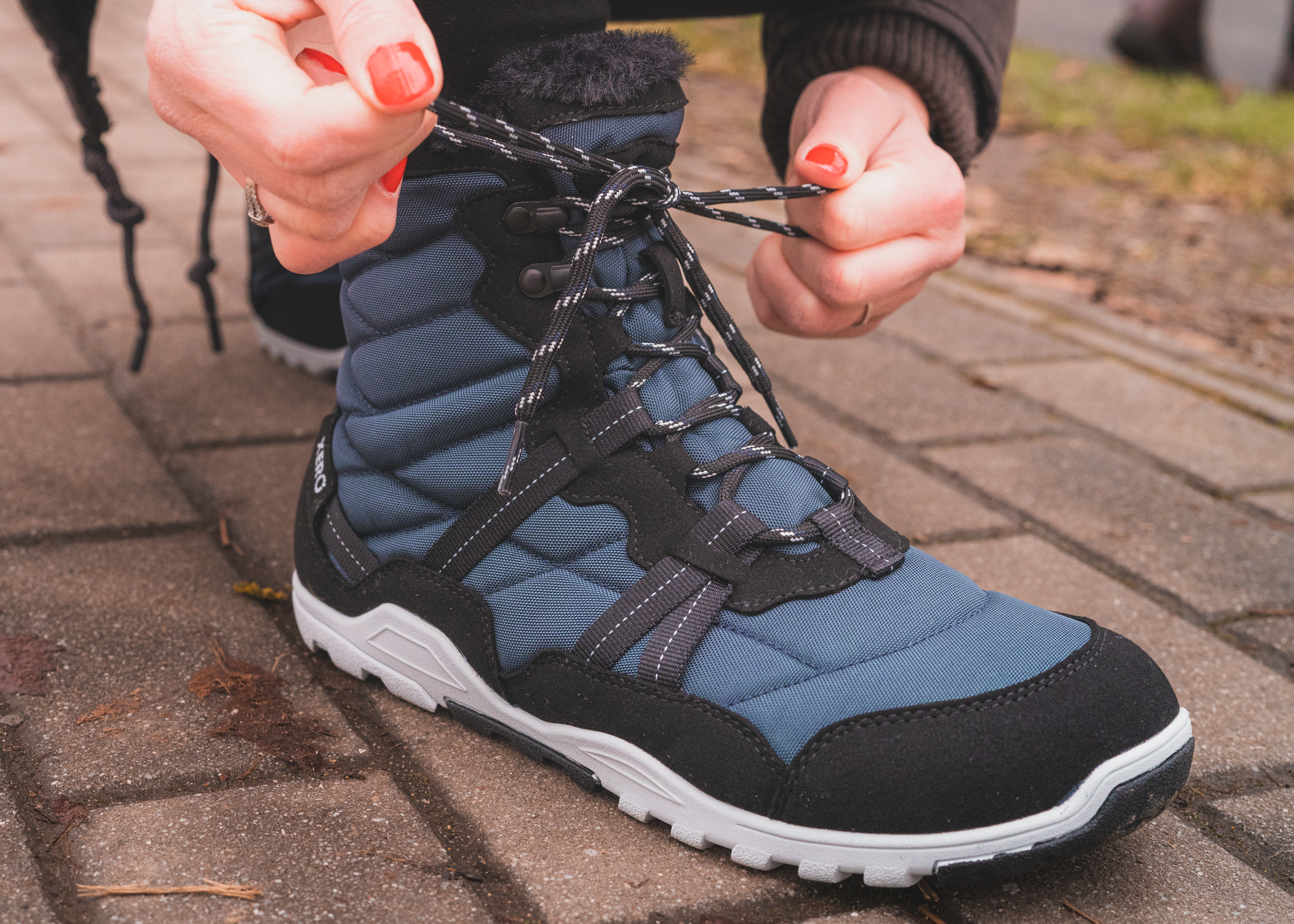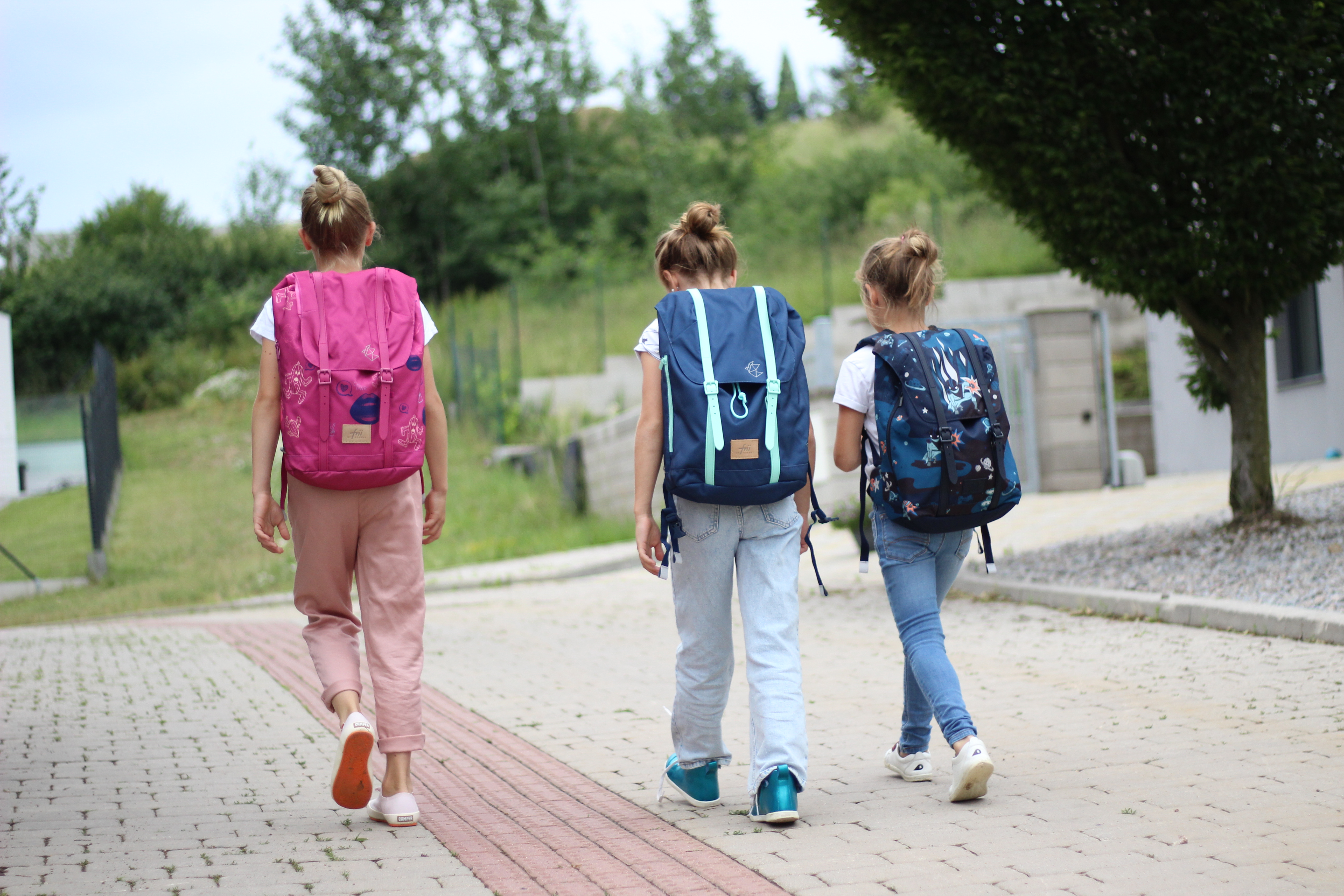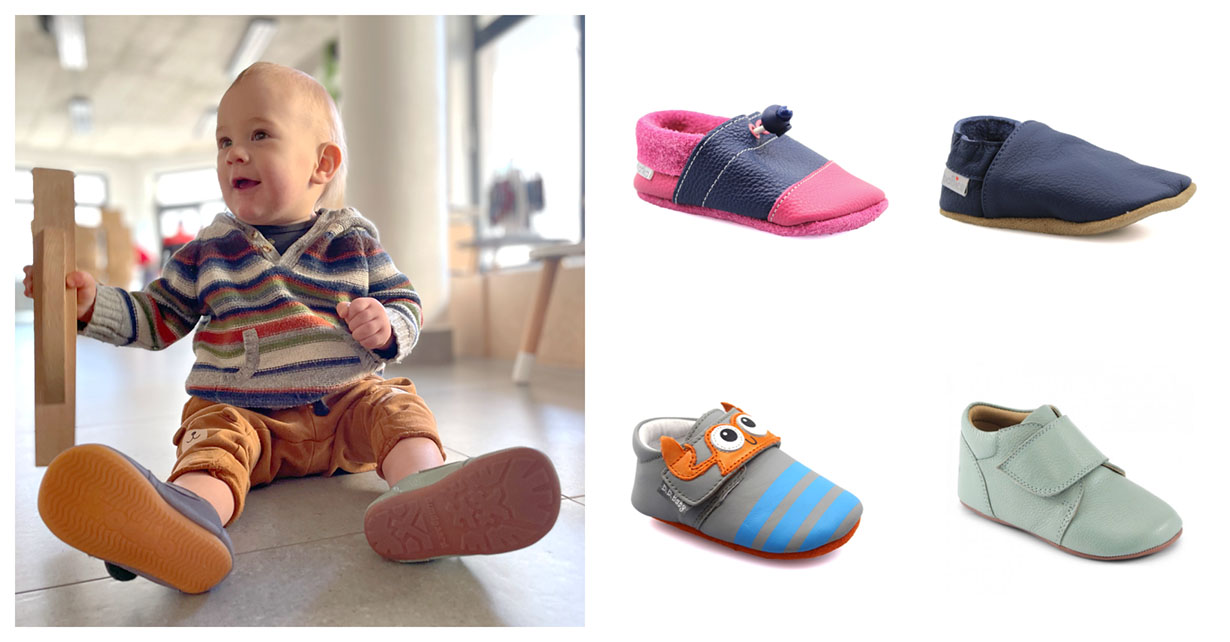For healthy joints, you need to be clear on these three points:
Let's take a closer look at the different factors affecting joint health.
What destroys the joints?
Joints are destroyed by gradual wear and tear due to excessive load. It may surprise some people that they are most often hurt by sports and inappropriate footwear.
Sport
Although movement itself is good for the body, avoid sports activities that put a high load on the joints. In particular, watch out for:
- hard hits - volleyball, gymnastics, parkour, running, ...
- sharp turns - squash, skiing, tennis, basketball, handball, ...
- sudden impacts - rugby, hockey, football, ...
Of course, it depends on the intensity with which you play the sport. To reduce the risk of injury, move and stretch your body before exercising. On the other hand, give your body plenty of room to rest and recover after the sport.

Inappropriate footwear
Ordinary footwear is a silent killer of joints. You may not feel discomfort when you walk in shoes, but in the long run, faulty movement patterns wear down your joints. Problematic footwear includes shoes that have:
- heel - regardless of its height (the higher the worse), the heel tilts the body forward and the shifted centre of gravity overloads the joints (ankles, knees, hips, etc.); a raised toe works similarly (but the other way round); boat-shaped shoes (most sports trainers) are the worst combination because they lead to a collapsed arch and flat feet
- narrow toe - if there is not enough room in the front of the shoe for the toes to fan out, the foot lacks sufficient support in the toes (especially in the big toe) and the ankle collapses to compensate for this absence
- solid construction - hard shoes do not allow the sole to flex, so when the terrain is uneven, the ankle and knee instead of the sole of the foot keep the balance
The musculoskeletal system is an interconnected whole. Problems in the foot area can cause complications for the rest of the body, which most often affects the joints.
What helps the joints?
Proper movement helps the joints, and from a footwear perspective, shoes that allow the foot to function as naturally as possible.
Motion
Regular movement protects the joints from stiffening. Healthy forms of exercise include:
- walking on natural surfaces - preferably barefoot where the environment allows; Nordic walking also engages the muscles of the upper half of the body
- swimming - the pool can also be used for exercise or walking, where the water helps to relieve (especially for more obese people) the weight from the joints
- yoga and pilates - take your time, watch your technique
- cycling - adjust your saddle and handlebars to the correct height, straighten your back
While high exercise destroys the body, moderate exercise strengthens the joints and muscles. So move regularly, but don't overdo it.

Barefoot shoes
Where the environment does not allow barefoot walking, barefoot shoes, which allow the foot to maintain its natural movement, can be used. Their advantages include:
- flat sole - weight is distributed evenly over the entire foot
- wide toe - fingers (especially thumb) provide stability
- flexible sole - through the thin sole, the foot feels the surface better and is able to react flexibly to unevenness; a gradual unwinding of the stride occurs
Keep in mind that barefoot shoes leave the cushioning of the footfall to the active work of the foot arch. So to avoid ruining it by stomping too much (especially on hard surfaces), correct your walking technique.
What can I do to support healthy joints?
There are many ideas you can use to help your joint health. Start taking care of your joints today, your future self will thank you.
Lifestyle tips
Build some of the following advice into your lifestyle:
- Combine sitting with walking or standing - it is not advisable to stay in either for too long; change positions, pay attention to correct posture
- Relax - take a hot bath; get plenty of rest and sleep
- Get natural nutrients from your diet - eat fish, eggs, nuts, seeds, vegetables (broccoli, onions, garlic), fruits (berries, citrus fruits)

Food supplements
Where you can't get all the essential nutrients naturally from your diet, joint supplements can help, for example:
- MSM - supports joints, hair and nails
- Collagen - easily and quickly dissolved in powder
- Joint Power - a combination of MSM, silica, glucosamine and frankincense
- Hyaluronic Acid - maintains healthy cells and tissues, especially skin elasticity
- Vitamin D3 - helps calcium absorption



